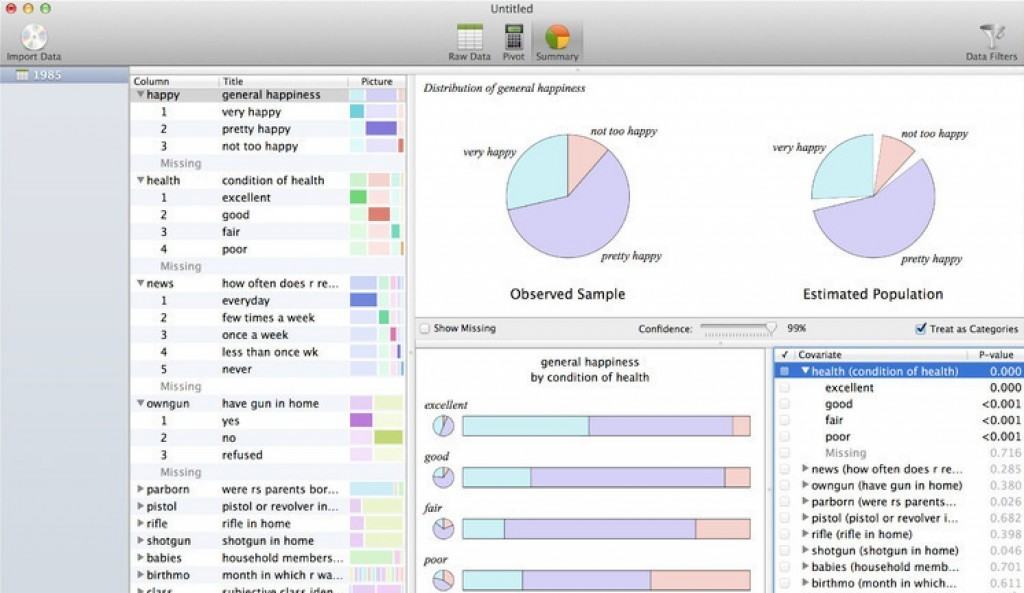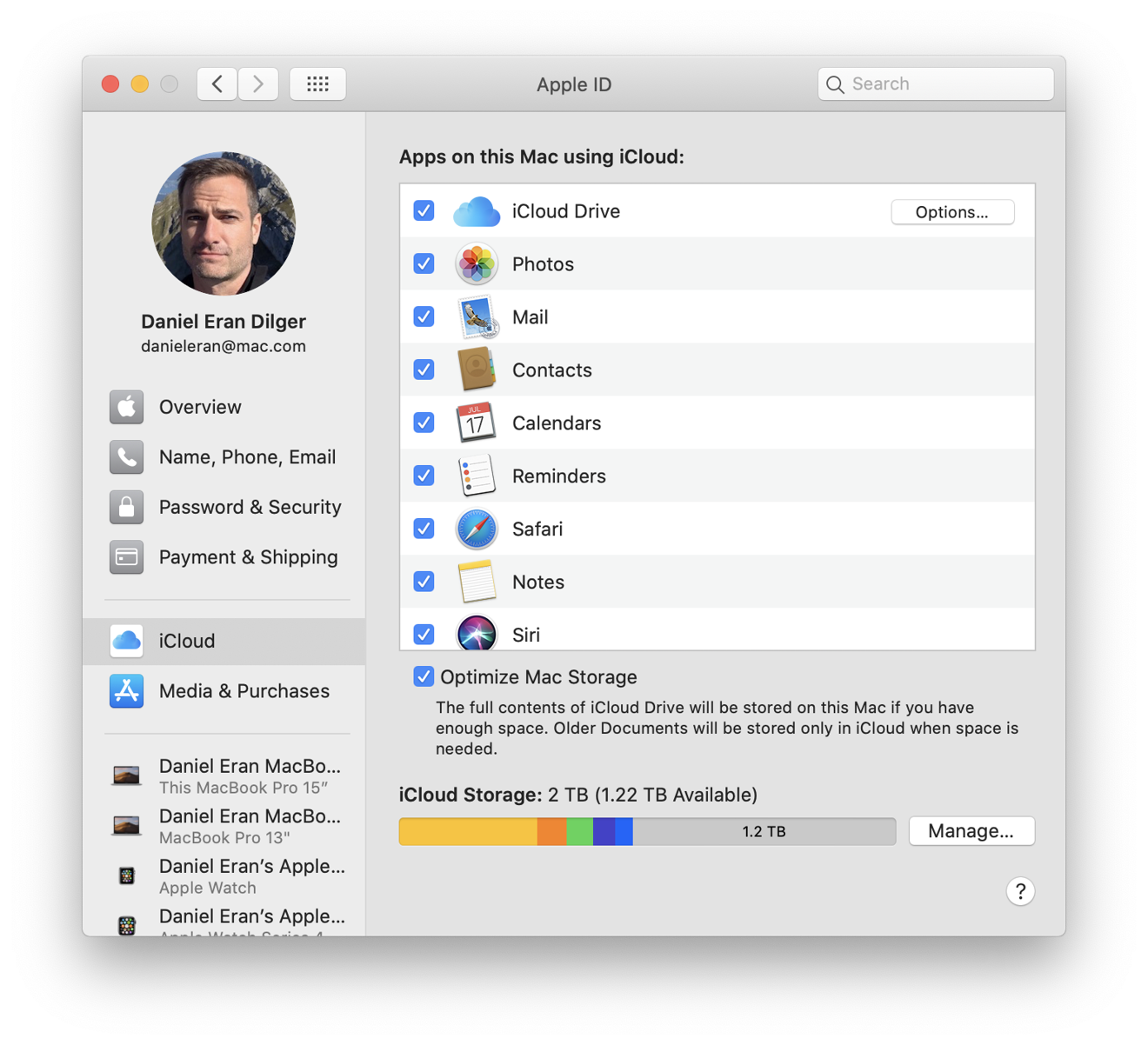Estimated reading time: 6 minutes
Docker Desktop for Mac is the Community version of Docker for Mac.You can download Docker Desktop for Mac from Docker Hub.
By downloading Docker Desktop, you agree to the terms of the Docker Software End User License Agreement and the Docker Data Processing Agreement.

What to know before you install
Relationship to Docker Machine: Installing Docker Desktop on Mac does not affect machines you created with Docker Machine. You have the option to copy containers and images from your local default machine (if one exists) to the Docker Desktop HyperKit VM. Whenyou are running Docker Desktop, you do not need Docker Machine nodes running locally (or anywhere else). With Docker Desktop, you have a new, nativevirtualization system running (HyperKit) which takes the place of theVirtualBox system.
System requirements
Your Mac must meet the following requirements to successfully install Docker Desktop:
- Accessibility tags also make it possible to read the information on different devices, such as large type displays, personal digital assistants (PDAs), and mobile phones. In Windows, Office for Mac, and Office for web, you can add tags automatically when you save a.
- Start quickly with the most recent versions of Word, Excel, PowerPoint, Outlook, OneNote and OneDrive —combining the familiarity of Office and the unique Mac features you love. Work online or offline, on your own or with others in real time—whatever.
Mac hardware must be a 2010 or a newer model, with Intel’s hardware support for memory management unit (MMU) virtualization, including Extended Page Tables (EPT) and Unrestricted Mode. You can check to see if your machine has this support by running the following command in a terminal:
sysctl kern.hv_supportIf your Mac supports the Hypervisor framework, the command prints
kern.hv_support: 1.macOS must be version 10.14 or newer. That is, Mojave or Catalina. We recommend upgrading to the latest version of macOS.
If you experience any issues after upgrading your macOS to version 10.15, you must install the latest version of Docker Desktop to be compatible with this version of macOS.
Note: Docker supports Docker Desktop on the most recent versions of macOS. Docker Desktop currently supports macOS Mojave and macOS Catalina.
As new major versions of macOS are made generally available, Docker stops supporting the oldest version and support the newest version of macOS.
At least 4 GB of RAM.
VirtualBox prior to version 4.3.30 must not be installed as it is not compatible with Docker Desktop.
Mac Pro 2010
What’s included in the installer
Try to Limit Access: You can allow Safari to automatically block websites it deems adult. To specify particular sites that the automatic “adult filter” should allow or deny, click the Customize button. Allow Access to Only These Websites: Choose this radio button to specify which websites the user can view. To add a website, click the Add button, and respond to the Mountain Lion.
The Docker Desktop installation includes Docker Engine, Docker CLI client, Docker Compose, Notary, Kubernetes, and Credential Helper.
Install and run Docker Desktop on Mac
Double-click
Docker.dmgto open the installer, then drag the Docker icon to the Applications folder.Double-click
Docker.appin the Applications folder to start Docker. (In the example below, the Applications folder is in “grid” view mode.)The Docker menu in the top status bar indicates that Docker Desktop is running, and accessible from a terminal.
If you’ve just installed the app, Docker Desktop launches the onboarding tutorial. The tutorial includes a simple exercise to build an example Docker image, run it as a container, push and save the image to Docker Hub.
Click the Docker menu () to seePreferences and other options.
Select About Docker to verify that you have the latest version.
Congratulations! You are now successfully running Docker Desktop.
If you would like to rerun the tutorial, go to the Docker Desktop menu and select Learn.
Uninstall Docker Desktop
To unistall Docker Desktop from your Mac:
- From the Docker menu, select Troubleshoot and then select Uninstall.
- Click Uninstall to confirm your selection.
Note: Uninstalling Docker Desktop will destroy Docker containers and images local to the machine and remove the files generated by the application.
Switch between Stable and Edge versions
Docker Desktop allows you to switch between Stable and Edge releases. However, you can only have one version of Docker Desktop installed at a time. Switching between Stable and Edge versions can destabilize your development environment, particularly in cases where you switch from a newer (Edge) channel to an older (Stable) channel.
For example, containers created with a newer Edge version of Docker Desktop maynot work after you switch back to Stable because they may have been createdusing Edge features that aren’t in Stable yet. Keep this in mind asyou create and work with Edge containers, perhaps in the spirit of a playgroundspace where you are prepared to troubleshoot or start over.
Experimental features are turned on by default on Edge releases. However, when you switch from a Stable to an Edge release, you must turn on the experimental features flag to access experimental features. From the Docker Desktop menu, click Preferences > Command Line and then turn on the Enable experimental features toggle. Click Apply & Restart for the changes to take effect.
To safely switch between Edge and Stable versions, ensure you save images and export the containers you need, then uninstall the current version before installing another. For more information, see the section Save and Restore data below.
Save and restore data
You can use the following procedure to save and restore images and container data. For example, if you want to switch between Edge and Stable, or to reset your VM disk:
Use
docker save -o images.tar image1 [image2 ...]to save any images you want to keep. See save in the Docker Engine command line reference.Use
docker export -o myContainner1.tar container1to export containers you want to keep. See export in the Docker Engine command line reference.Uninstall the current version of Docker Desktop and install a different version (Stable or Edge), or reset your VM disk.
Use
docker load -i images.tarto reload previously saved images. See load in the Docker Engine.Use
docker import -i myContainer1.tarto create a filesystem image corresponding to the previously exported containers. See import in the Docker Engine.
For information on how to back up and restore data volumes, see Backup, restore, or migrate data volumes.
Where to go next
- Getting started provides an overview of Docker Desktop on Mac, basic Docker command examples, how to get help or give feedback, and links to other topics about Docker Desktop on Mac.
- Troubleshooting describes common problems, workarounds, howto run and submit diagnostics, and submit issues.
- FAQs provide answers to frequently asked questions.
- Release notes lists component updates, new features, andimprovements associated with Stable releases. For information about Edge releases, seeEdge release notes.
- Get started with Docker provides a general Docker tutorial.
Software developers, data architects and power users have expressed a need to run Microsoft Access on their Mac without partitioning their hard drives or restarting.
Firstly, if you fall into this category, Parallels Desktop for Mac can assist you with developing application software without reformatting or rebooting your machine. As seen below:
Access 2016 in Win10 in Parallels Desktop
Office 2010 For Mac Download
Secondly, users can create tables, queries, forms, and reports that connect their projects together with macros. Even more advanced users utilize Visual Basic for apps to write advanced data manipulation and user control solutions.
Here at Parallels, we’re excited whenever our customers share with us the incredible projects they produce and how Parallels Desktop has helped them get work done faster!
Check out how some of our users are using virtualization for Microsoft Access:
Juan Becker of New York – “I was given a Mac when coming onto the team at a new job and as a life-long Microsoft guy I was missing the most important application for my position: Microsoft Access. I needed it and that was the issue but had no idea how to get it on my Mac or if it would even work.

I found Parallels as a solution for running Microsoft Access through the Parallels forums and saw other users had success. There are specific macros such as ActiveX data objects that work within MS Access that I need for my position and Parallels was and is so easy to use, which makes me a user for life. I additionally ended up buying Parallels Access for remotely connecting to my Mac or Windows through my tablet and phone, which allows me to travel for work without my laptop.
That, along with all of the other options and tools that Parallels offers, was a no-brainer, and like I said before, I was instantly sold and will remain a user for life!”
Jason Cooper of Indiana – “I am running a fairly large Microsoft Access database (roughly 60 MB), and as a longtime Boot Camp user, I quickly found myself needing to avoid restarting my machine every time I wanted to switch operating systems in order to speed up my work productivity.

The reputation of Parallels Desktop is what sold me three years ago. The first time I ran one of my queries through Parallels, it processed very quickly, in around five seconds.
I’m the lead webmaster and director of information security for my company, so finding a solution for Microsoft Access was a necessity. Additionally, I plan to do multi-platform software testing for work and found that Microsoft Access runs through Parallels exactly as if I were running it on a PC.”
Nevertheless, Parallels Desktop is an easy and cost-effective solution to run Microsoft Access on your Mac. It provides our customers and their employees with the right tools, which effectively allows our customers to be more productive in a virtual world. Try running Windows programs on your Mac without restarting for 14 days here FREE: Try Now!
Microsoft Office 2010 For Mac
Need Microsoft Windows operating system to get started with Microsoft Access? Buy directly below:
